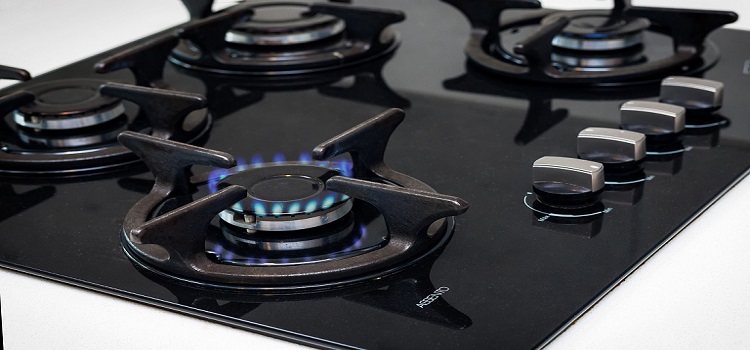As an Amazon Associate I earn from qualifying purchases.
How Much Gas Does a Stove Use?
Understanding how much gas your stove uses can help you manage your energy consumption and budget more effectively. Whether you’re cooking at home or using a gas stove in an RV, knowing the gas usage can make a big difference in efficiency and cost. This guide covers the key factors influencing gas consumption, how to estimate usage, and answers to common questions about stove gas usage.

Factors Influencing Gas Usage in Stoves
- Type of Stove:
- Different types of gas stoves, such as standard, high-efficiency, and commercial models, have varying gas consumption rates. High-efficiency stoves generally use less gas due to better technology and design.
- Burner Size:
- The size of the burners affects gas usage. Larger burners with higher BTU (British Thermal Units) ratings consume more gas compared to smaller ones.
- Cooking Time:
- The longer you cook, the more gas you use. Efficient cooking practices, such as using lids and preheating, can reduce overall gas consumption.
- Heat Settings:
- Cooking on high heat uses more gas than simmering or low heat. Adjusting the heat settings according to your cooking needs can help manage gas usage.
- Stove Efficiency:
- Modern, high-efficiency stoves are designed to use gas more effectively, reducing waste and improving overall performance.
Estimating Gas Usage
To estimate how much gas your stove uses, consider the following:
- BTU Ratings:
- Stoves are rated by their BTU output. A typical burner might use between 7,000 to 15,000 BTUs per hour. To calculate gas usage, multiply the BTU rating by the hours of use.
- Gas Consumption Formula:
- Gas usage (in cubic feet) = BTU rating × hours of use / 1,000. For example, a 10,000 BTU burner used for 1 hour would consume approximately 10 cubic feet of gas.
- Check Your Gas Bill:
- Your gas bill provides information on your total gas usage. By monitoring changes in your bill, you can estimate how much gas your stove is using.
- Use a Gas Meter:
- A gas meter can measure your stove’s gas consumption directly. This method is more accurate and provides real-time data on usage.
FAQs About Gas Usage in Stoves
- How much gas does a typical home stove use?
- A standard home stove uses between 7,000 to 15,000 BTUs per hour per burner. Total gas usage depends on the number of burners and cooking time.
- What is a BTU, and how does it relate to gas consumption?
- BTU stands for British Thermal Unit, a measure of heat energy. Higher BTU ratings indicate higher gas consumption. For example, a 10,000 BTU burner uses more gas than a 7,000 BTU burner.
- How can I reduce gas consumption when cooking?
- Use lids on pots, cook with the appropriate burner size, and avoid overcooking. Also, turning down the heat once boiling can reduce gas usage.
- Does the type of stove affect gas usage?
- Yes, different types of stoves, including conventional, high-efficiency, and commercial models, have varying gas consumption rates. High-efficiency stoves generally use less gas.
- How often should I check for gas leaks?
- Regularly check for gas leaks, at least once a month, to ensure safety and efficiency. If you suspect a leak, contact a professional immediately.
- How can I calculate my stove’s gas usage?
- Multiply the BTU rating of your burner by the number of hours used and divide by 1,000 to estimate gas consumption in cubic feet.
- Does cooking on high heat consume more gas?
- Yes, cooking on high heat uses more gas compared to simmering or cooking on low heat. Adjusting your heat settings can help manage gas usage.
- Can using an induction cooktop reduce my gas bill?
- Yes, induction cooktops are more energy-efficient than gas stoves. They heat cookware directly, reducing overall energy consumption.
- How does the size of the burner affect gas usage?
- Larger burners with higher BTU ratings use more gas. Matching the burner size to the pot or pan can help optimize gas usage.
- Is it worth upgrading to a more efficient stove?
- Upgrading to a high-efficiency stove can reduce gas consumption and lower your energy bills. Consider the initial cost versus long-term savings when making a decision.
Conclusion
Understanding how much gas your stove uses can help you make informed decisions about energy consumption and costs. By considering factors like burner size, cooking time, and stove efficiency, you can manage your gas usage effectively. Regular maintenance, efficient cooking practices, and possibly upgrading to a more efficient model can also contribute to reduced gas consumption and lower energy bills.
As an Amazon Associate I earn from qualifying purchases.
Leave a Reply